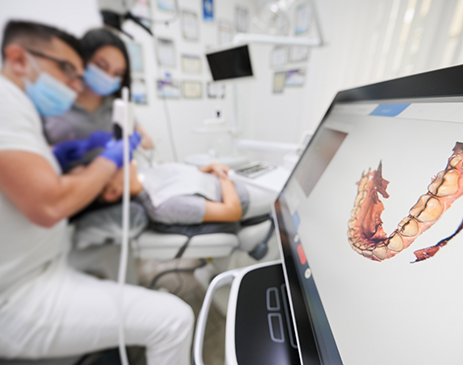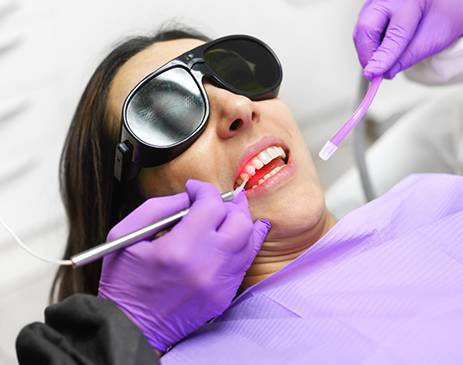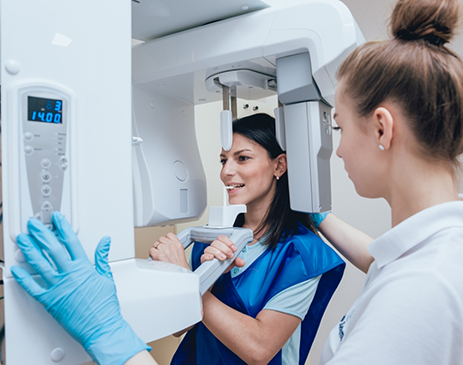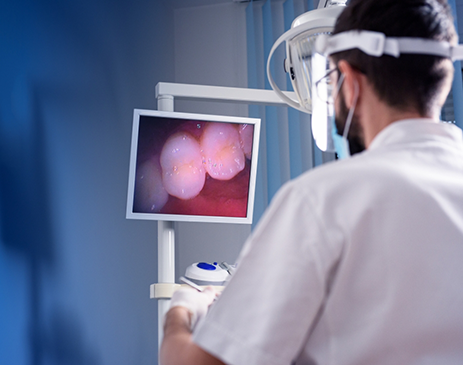Advanced Dental Technology Fort Smith
The Technology Needed for Healthy, Lifelong Smiles
Dentistry has come a long way, and Dr. Cooper and Dr. Harper know just how impactful the right dental instrument or piece of equipment can be when it comes to caring for patients. That’s why they’ve outfitted their Fort Smith office with some of the best dental tech available. This doesn’t just mean that their overall level of care is greatly elevated – it also means that as a patient, you can expect the most comfortable and streamlined level of care possible!
Digital Impressions

In the past, the process of taking dental impressions wasn’t very easy or patient-friendly. It required the use of foul-tasting impression puddy, as well as a considerable amount of time and effort on the dentist’s part. This often meant there was a fair margin for error, too. Today, things are much easier thanks to innovative instruments such as our iTero digital scanner. With it, we’re able to create a virtual mockup of your mouth’s anatomy that can then be used for all sorts of restorative purposes – not to mention that the process is totally non-invasive and very comfortable for patients!
Soft Tissue Laser

A soft tissue laser produces a highly focused beam of light that can be used to manipulate the tissues inside the mouth. The laser can make very small, precise incisions compared to a traditional dental scalpel, and it can also be used to cauterize blood vessels, thereby decreasing post-operative swelling and pain – which is perhaps the biggest positive point for patients. Soft tissue lasers are key players when it comes to treating and preventing the recurrence of periodontal disease.
CT/Cone Beam Scanner

In dentistry, there’s often a need to take a complete and thorough picture of a patient’s mouth – which is why X-rays are so prominent. However, unlike a standard dental X-ray, a cone beam scanner also images the soft tissues of the mouth, including the gums, tongue, and nerves. Not only does it provide higher-quality imaging with more useful information that can be used during treatment planning, but it also exposes patients to substantially less radiation.
Intraoral Camera

Another integral component of dentistry is photography – but when it comes to the mouth, a special type of camera is needed. An intraoral camera is the size and shape of a small pen or wand, and on one end is a tiny digital camera that’s connected to a nearby monitor. The images it records are transmitted to this screen so that patients can see exactly what the dentist sees. Not only does this camera help to expose hidden problems and assess progress, but it also allows patients to feel looped in with their treatment planning.

